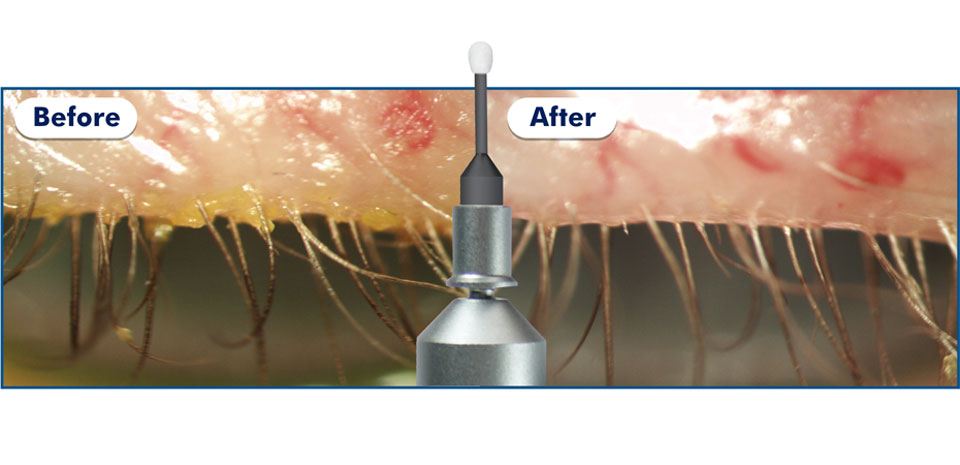Beauty is timeless, but unfortunately, eye cosmetics and skincare products are not. In many cases, placing cosmetic products on and around the surface of the eye is part of an individual's daily routine. Unfortunately, when these products are not used with care and attention they can negatively impact the comfort of our eyes and cause eye infections, allergic reactions and even injuries.
A few simple tips for keeping your eyes clear, comfortable and beautiful are:
Replace
It is important to remember that all cosmetic products have a shelf life. It is easy to lose track of how long your favourite product has been open. An older product has more potential for bacteria and fungus to build up and then be transferred to the eye. A good replacement schedule is replacing mascara every 1-3 months, liquid eye makeup every 3 months and powders every 6-9 months.
Keep it Clean
It is essential to keep any object that comes close to the eye clean and absent of bacteria and other irritants. Ensure you clean your hands thoroughly before applying cosmetic products. Ensure make-up brushes and other tools are routinely cleaned and never moisten with saliva or water. In addition, ensure that cosmetic products and utensils are never shared.
Location, Location, Location.
Location plays a significant role in the harmony between cosmetics and the ocular surface. It is vital to avoid “tight-lining”, which is applying makeup to the waterline (the inner rim of the eyelids). It blocks the glands of the eye which produce a component of the tear film. It is strongly linked to signs and symptoms of dry eye.
Formulations
Cosmetic products come in many shapes, sizes and formulations, some of which can impact your eye health. For example loose eyeshadow can end up in the eye, it is helpful to choose cream over powders. Glitters and sparkles can further stir up the eye and the tear film. Finally, the use of primer can lead to a more stable makeup application. A few ingredients to look out for and avoid are:
Benzalkonium Chloride (BAK), Phenoxyethanol, Chlorphenesin, Sodium Lauryl Sulphate , Formaldehyde and Formaldehyde Donors (eg. Quaternium 15), Prostaglandin Analogues (e.g. Isopropyl Cloprostenate), Isopropyl or denatured Alcohol, Fragrances, Argiriline (acetyyl hexapeptinde-3 or Acetyl hexapeptide-8), Retinoids, Salicylic Acid, Parabens, Phenoxyethanol
Finally, remember, if you wear contact lenses, put these in before you apply make-up and take them out before taking your make-up off. If you use drops as part of dry eye management, put these in 15-30 minutes before doing your makeup.
Bay Eye Care has state of the art technology to diagnose and treat dry eye, blepharitis and ocular surface conditions. Please get in touch with us to book an appointment.
By Aidan Quinlan. Thanks to Cornea and Contact Lens Society of NZ for some of the content of this blog.










